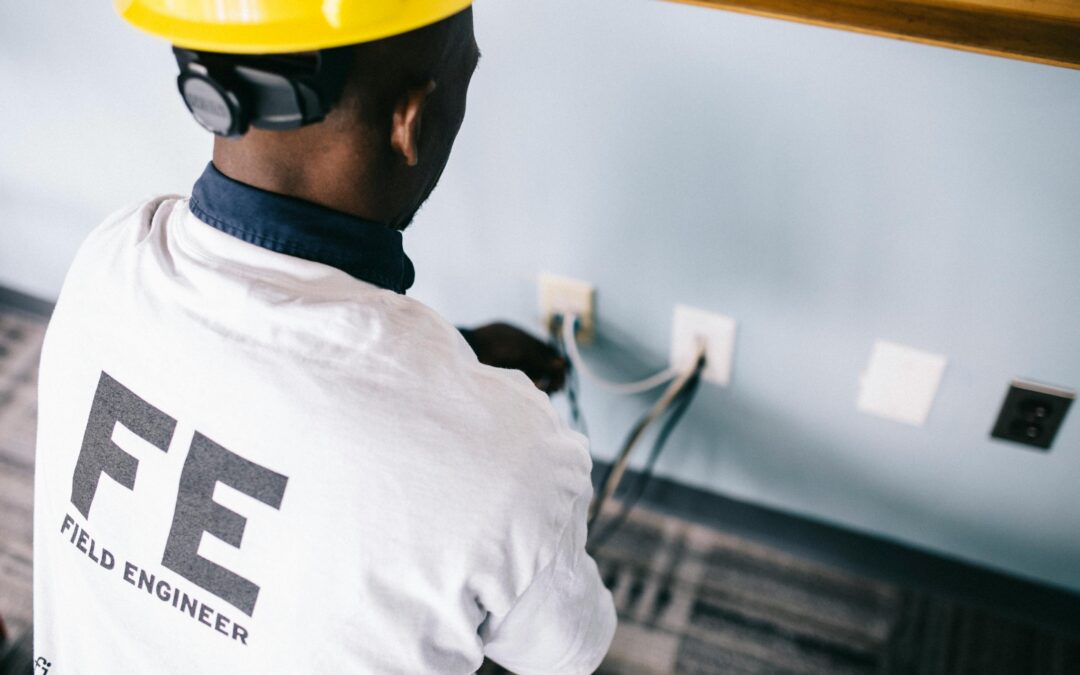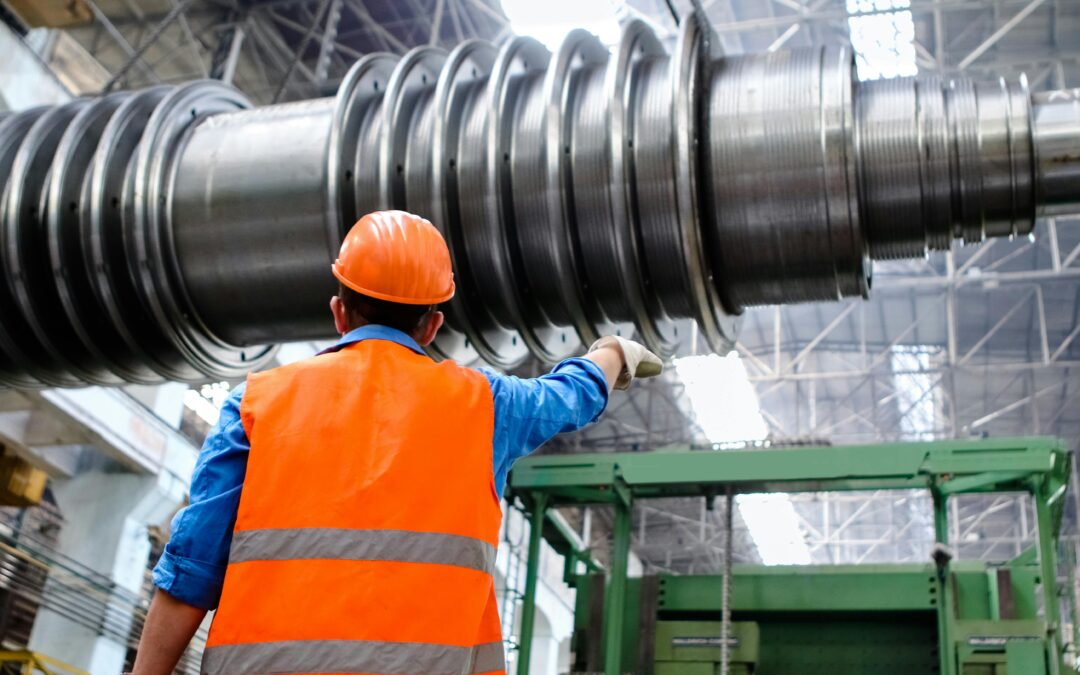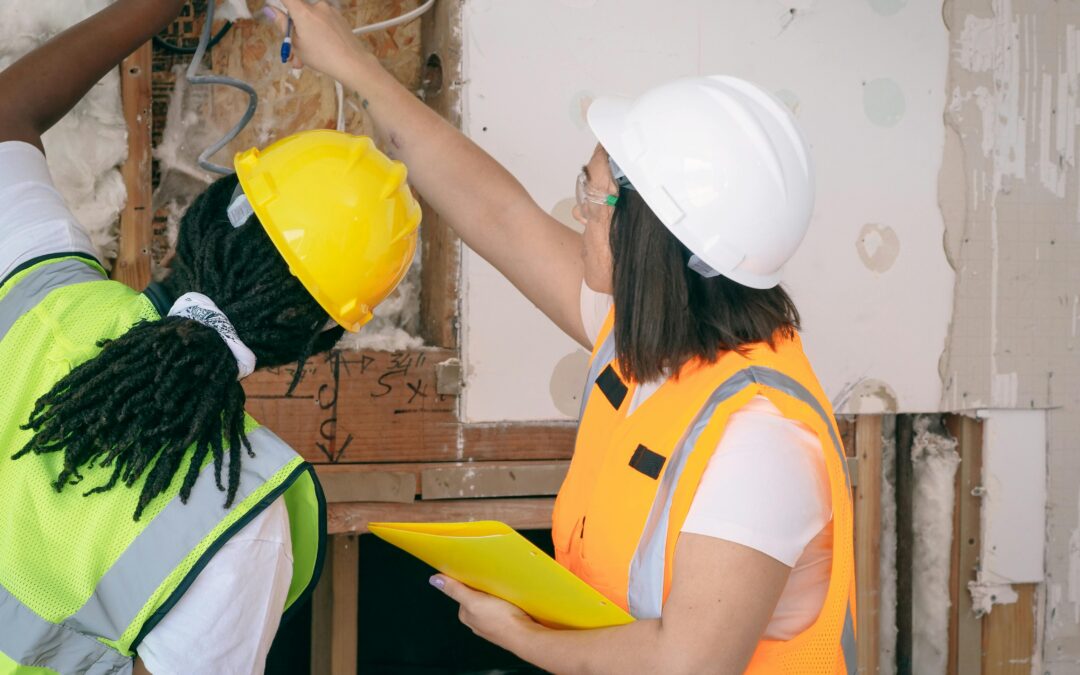When it comes to building reliable industrial construction teams, hiring managers often face a critical choice: should you recruit talent in-house or partner with a staffing agency? The answer isn’t as straightforward as it seems. While in-house recruitment gives you complete control over the process, staffing agencies provide speed, expertise, and flexibility.
To make the right decision, organizations need to look beyond upfront expenses and evaluate the full staffing cost comparison, including time-to-fill, turnover cost, training investment, and long-term productivity.
This guide will break down the true cost benchmark of in-house hiring vs. staffing agencies, helping industrial construction leaders choose the most cost-effective and efficient path.
The True Cost of Hiring: Breaking It Down
Hiring isn’t just about salaries and hourly rates. A full cost benchmark must include:
- Recruitment costs (job postings, recruiter salaries, software)
- Time-to-fill (delays in project timelines when positions remain vacant)
- Onboarding and training expenses
- Turnover cost (lost productivity + rehiring expenses)
- Opportunity cost (missed bids, delayed projects due to lack of skilled labor)
Understanding these factors makes staffing cost comparison clearer and helps companies make data-driven workforce decisions.
In-House Hiring: Costs and Considerations
1. Recruitment Expenses
When companies hire in-house, they must allocate budget to:
- Job board postings
- Recruitment marketing
- Applicant tracking systems (ATS)
- Background checks and pre-employment screening
- Salaries of internal recruiters or HR staff
For industrial construction, sourcing skilled tradespeople like welders, electricians, and project managers can be especially costly due to labor shortages.
2. Time-to-Fill Challenges
The average time-to-fill for skilled industrial roles can exceed 45–60 days. During this time, projects may stall, productivity dips, and client deadlines are at risk. Each day a role sits empty adds to hidden costs.
3. Turnover Costs
Turnover is expensive. Replacing a skilled construction worker can cost up to 30–40% of the position’s annual salary when factoring in downtime, retraining, and recruitment expenses.
4. Risk Management
In-house hiring also places full liability for compliance, payroll taxes, and worker classification on the employer. This adds administrative burden and potential risk exposure.
Staffing Agency Hiring: Costs and Benefits
1. Speed of Placement
Staffing agencies have ready-to-deploy talent pools, reducing time-to-fill from months to weeks—or even days. For industrial construction, this agility can mean the difference between securing or losing a project contract.
2. Lower Turnover Risk
Because agencies pre-screen candidates and match them to the right job environments, retention rates often improve. Agencies also absorb the cost of replacing workers who don’t work out.
3. Administrative Savings
Agencies handle:
- Payroll and taxes
- Workers’ compensation and liability coverage
- Compliance with labor laws
- Background checks and onboarding
This frees up internal HR teams to focus on strategy rather than paperwork.
4. Flexible Workforce Solutions
Staffing agencies allow companies to scale labor up or down based on project demand, avoiding the fixed cost of carrying full-time employees during slow periods.
Staffing Cost Comparison: In-House vs. Agency
| Cost Factor | In-House Hiring | Staffing Agency |
| Recruitment Marketing | High (job boards, ATS, recruiter salaries) | Included in agency fees |
| Time-to-Fill | 45–60+ days on average | 7–21 days on average |
| Turnover Costs | Employer absorbs full cost | Agency shares/absorbs replacement costs |
| Payroll & Benefits Admin | Managed internally | Managed by agency |
| Compliance & Liability | Employer responsibility | Agency assumes risk |
| Workforce Flexibility | Low – fixed headcount | High – on-demand scaling |
Case Study Example: Industrial Construction Staffing
Consider a construction company needing 20 skilled welders for a pipeline project:
- In-house hiring: Posting jobs, screening applicants, and onboarding may take 6–8 weeks. Project delays could cost thousands in penalties. If 5 welders leave mid-project, turnover replacement compounds expenses.
- Staffing agency hiring: The agency provides qualified welders within 2 weeks. If replacements are needed, the agency supplies them immediately, reducing downtime and turnover costs.
Result: The staffing agency approach shortens time-to-fill and minimizes hidden turnover costs, ensuring the project stays on track and profitable.
Time-to-Fill: Why It Matters
Time-to-fill is often underestimated in cost benchmarks. Every day a critical industrial position remains unfilled leads to:
- Missed project milestones
- Overtime costs for existing staff
- Burnout and safety risks from overworked teams
- Potential loss of contracts due to delays
Staffing agencies dramatically reduce this lag, helping companies meet deadlines and maintain client trust.
Turnover Cost: The Hidden Expense
Turnover isn’t just about replacing a worker—it involves:
- Lost productivity during vacancy
- Overtime costs for covering shifts
- Onboarding and retraining new hires
- Impact on team morale and safety
By absorbing much of the turnover risk, staffing agencies lower the financial burden on employers.
When In-House Hiring Makes Sense
In-house recruitment may be the better option when:
- Building a long-term, permanent leadership team
- Maintaining strong company culture alignment
- Hiring for non-urgent, specialized roles where long-term development outweighs speed
When Staffing Agencies Make Sense
Staffing agencies are the smarter choice when:
- Projects require large volumes of skilled workers quickly
- Workforce demand fluctuates seasonally
- Turnover is historically high
- Compliance and liability are major concerns
Hybrid Hiring Model: Best of Both Worlds
Many successful construction companies use a hybrid staffing approach:
- Recruit core leadership roles in-house
- Partner with staffing agencies for project-based, skilled labor
This model balances cost efficiency with long-term stability.
FAQs About Staffing Cost Comparison
1. Is hiring through a staffing agency more expensive than in-house recruiting?
Not necessarily. While agencies charge fees, the savings in reduced time-to-fill, lower turnover costs, and administrative relief often make it more cost-effective.
2. How do staffing agencies reduce time-to-fill?
They maintain a pre-screened talent pool, allowing them to match workers to projects within days rather than weeks.
3. What is the average turnover cost in industrial construction?
Turnover can cost 30–40% of an employee’s annual salary when accounting for productivity loss, recruitment, and training.
4. Do staffing agencies handle compliance and liability?
Yes. Agencies assume responsibility for payroll, workers’ comp, and labor law compliance.
5. Can staffing agencies provide both temporary and permanent workers?
Absolutely. Agencies often offer temp, temp-to-hire, and direct placement services, depending on client needs.
6. How do I decide between in-house hiring and staffing agency solutions?
Evaluate time-to-fill, turnover rates, compliance risks, and workforce flexibility. For urgent, high-volume, or seasonal needs, agencies are usually more cost-effective.
Conclusion: Finding the Right Staffing Cost Benchmark
The real staffing cost comparison goes beyond wages. Factoring in time-to-fill, turnover cost, compliance risks, and administrative burden reveals that staffing agencies often deliver a better return on investment for industrial construction companies.
In-house hiring remains valuable for long-term strategic roles, but staffing agencies provide the speed, scalability, and cost efficiency needed to keep projects on schedule and profitable.
For industrial construction leaders, the most cost-effective solution may be a hybrid model, blending in-house hiring for key roles with agency partnerships for flexible project staffing.


